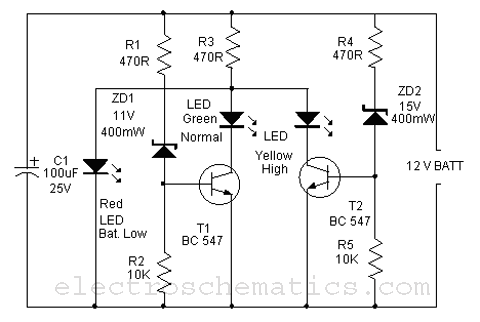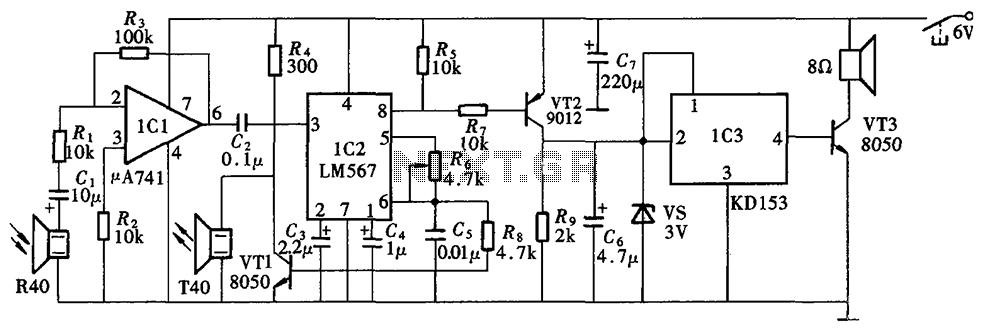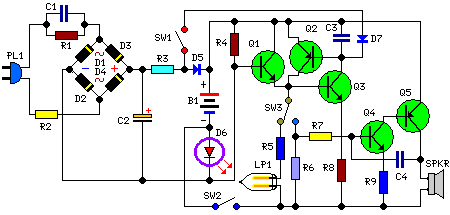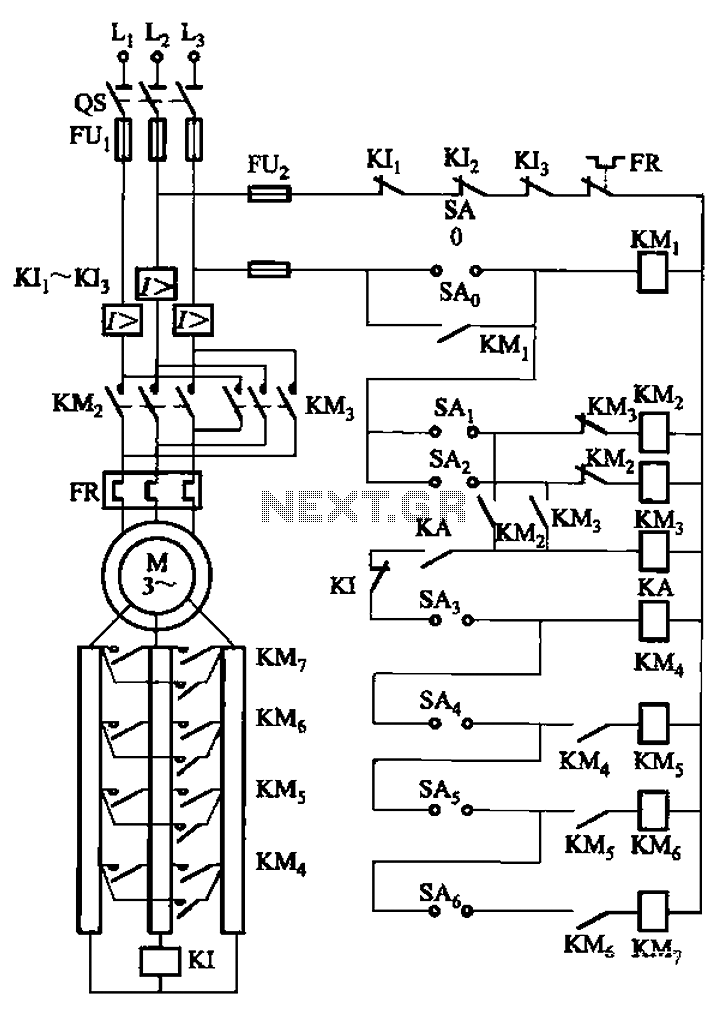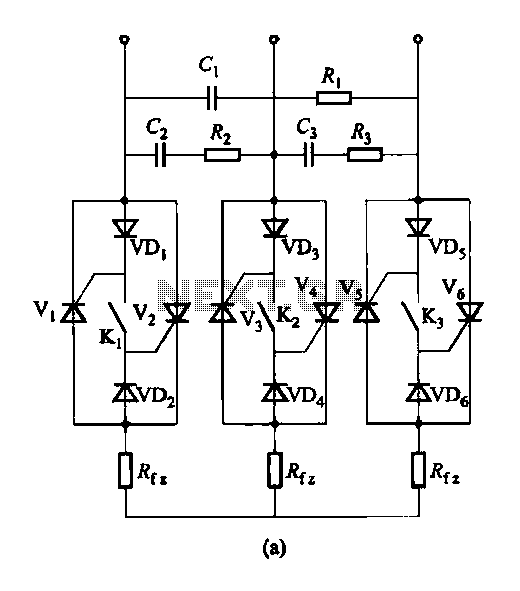
ENERGY RECYCLING CIRCUIT
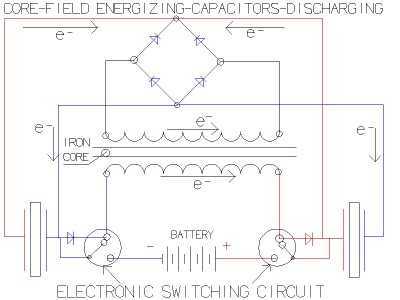
so what happens when you flip a switch? When you try to stop the flow of current in 'zero' time its equivalent to trying to stop a freight train instantaneously. you get a huge voltage buildup "dv/dt" = "X/0=infinity This is one example of the use of a relativistic property of electricity. We may not be able to stop freighttrains instantaneously, but we can come close with electron trains.
When a switch is flipped in an electrical circuit, the immediate effect is a change in the current flow. This action can be likened to attempting to halt a freight train suddenly; the abrupt interruption of current leads to a phenomenon known as voltage spike or transient voltage. The relationship between the change in voltage (dv) and the change in time (dt) is critical, and when dt approaches zero, the equation dv/dt approaches infinity, indicating an infinite rate of change.
In practical terms, this voltage spike can create significant stress on circuit components, potentially leading to damage or failure if not managed properly. This effect is particularly pronounced in circuits with inductive loads, such as motors and transformers, where the inductance opposes changes in current. The inductive reactance can cause the voltage to rise sharply when the switch is opened, resulting in a high voltage transient.
To mitigate these transient effects, various techniques can be employed. Snubber circuits, which typically consist of a resistor and capacitor in series, can be placed across inductive loads to absorb the energy generated during the switch-off event. Additionally, transient voltage suppressors (TVS) can be used to clamp the voltage to safe levels, protecting sensitive components from damage.
In summary, the action of flipping a switch in an electrical circuit can lead to significant voltage transients due to the instantaneous change in current flow. Understanding and managing these effects is crucial in circuit design to ensure reliability and longevity of electronic systems.so what happens when you flip a switch? When you try to stop the flow of current in 'zero' time its equivalent to trying to stop a freight train instantaneously. you get a huge voltage buildup "dv/dt" = "X/0=infinity This is one example of the use of a relativistic property of electricity.
We may not be able to stop freighttrains instantaneously, but we can come close with electron trains. 🔗 External reference
When a switch is flipped in an electrical circuit, the immediate effect is a change in the current flow. This action can be likened to attempting to halt a freight train suddenly; the abrupt interruption of current leads to a phenomenon known as voltage spike or transient voltage. The relationship between the change in voltage (dv) and the change in time (dt) is critical, and when dt approaches zero, the equation dv/dt approaches infinity, indicating an infinite rate of change.
In practical terms, this voltage spike can create significant stress on circuit components, potentially leading to damage or failure if not managed properly. This effect is particularly pronounced in circuits with inductive loads, such as motors and transformers, where the inductance opposes changes in current. The inductive reactance can cause the voltage to rise sharply when the switch is opened, resulting in a high voltage transient.
To mitigate these transient effects, various techniques can be employed. Snubber circuits, which typically consist of a resistor and capacitor in series, can be placed across inductive loads to absorb the energy generated during the switch-off event. Additionally, transient voltage suppressors (TVS) can be used to clamp the voltage to safe levels, protecting sensitive components from damage.
In summary, the action of flipping a switch in an electrical circuit can lead to significant voltage transients due to the instantaneous change in current flow. Understanding and managing these effects is crucial in circuit design to ensure reliability and longevity of electronic systems.so what happens when you flip a switch? When you try to stop the flow of current in 'zero' time its equivalent to trying to stop a freight train instantaneously. you get a huge voltage buildup "dv/dt" = "X/0=infinity This is one example of the use of a relativistic property of electricity.
We may not be able to stop freighttrains instantaneously, but we can come close with electron trains. 🔗 External reference
